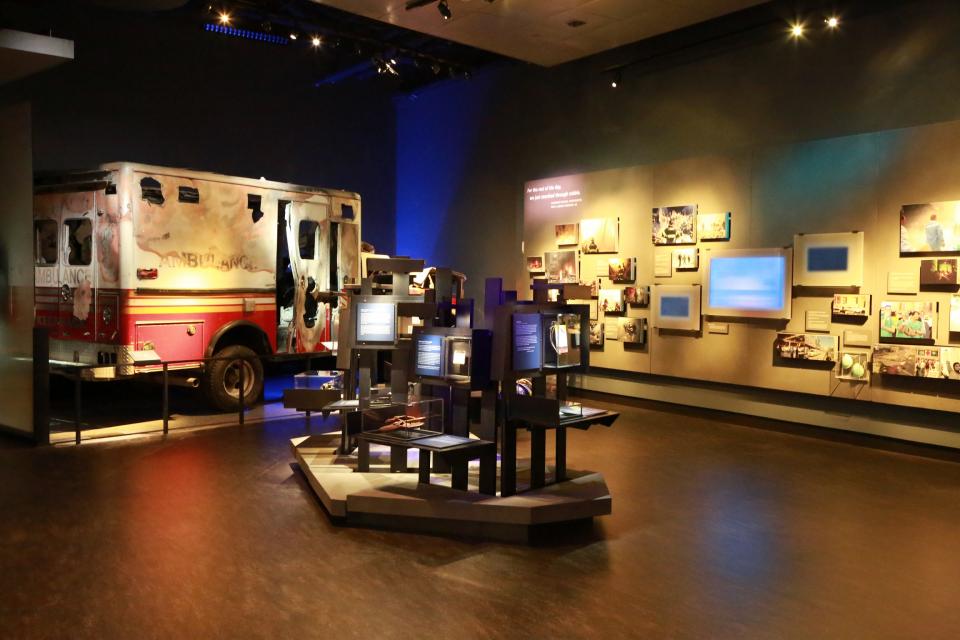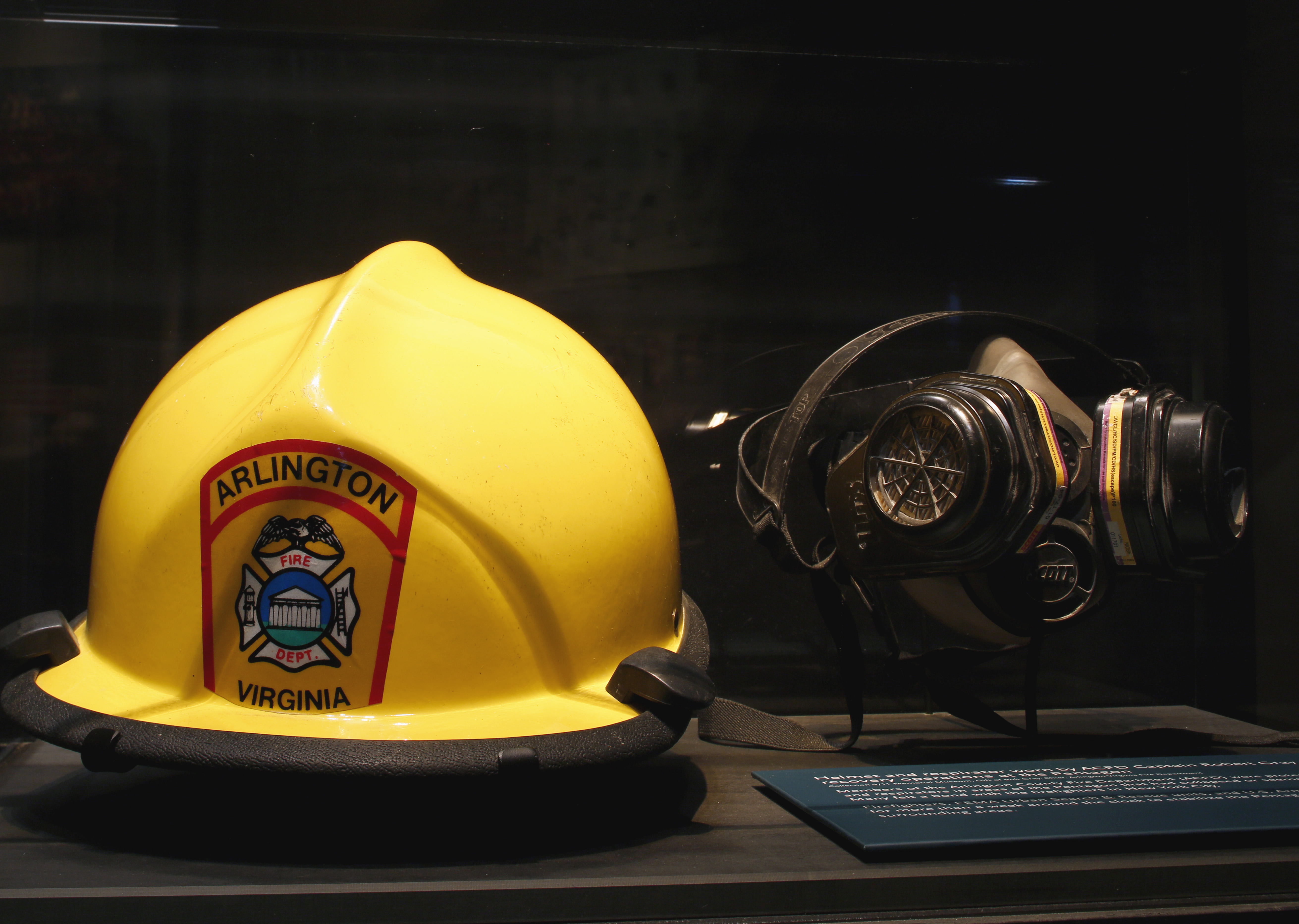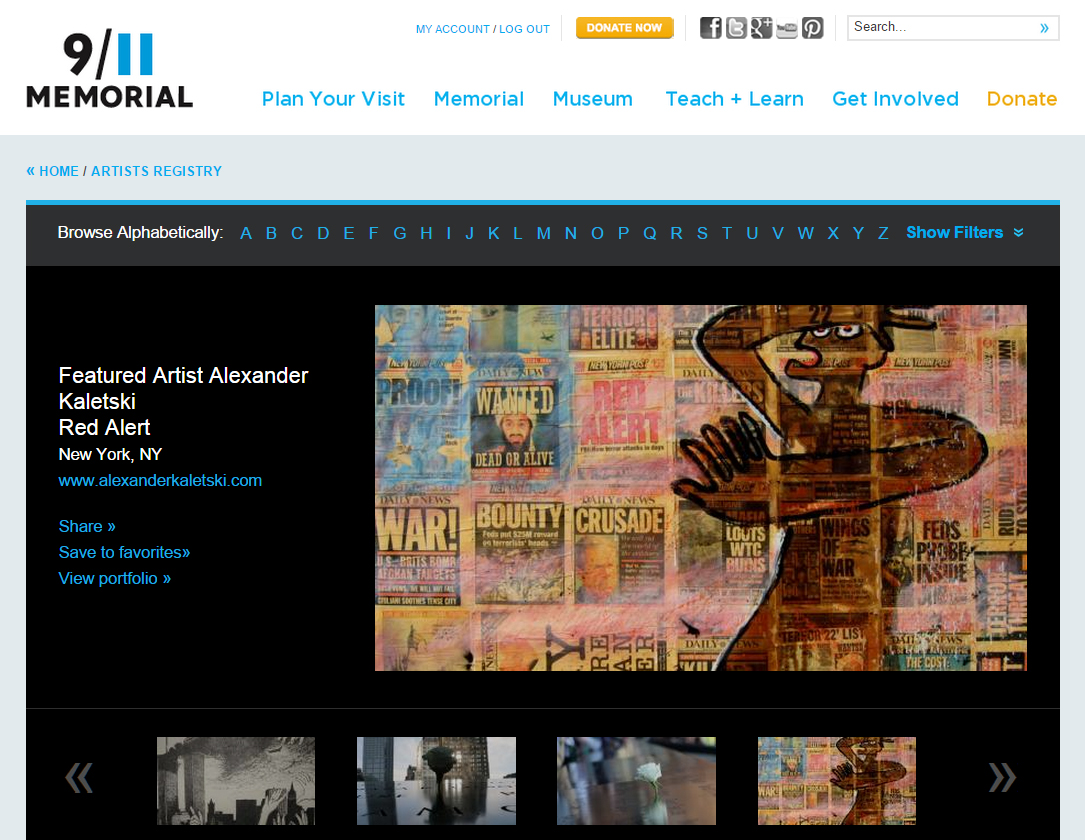Make a donation to the museum
A Visitor Overview of the Museum's Layout
A Visitor Overview of the Museum's Layout

The 9/11 Memorial Museum, which has seen more than 1.8 million visitors since opening in May of 2014, hopes to educate visitors from around the world about the attacks of Sept. 11, 2001 and Feb. 26, 1993.
If you are visiting the museum, it is important to note that it is divided into three main exhibitions, located 70 feet underground.
• The Historical Exhibition itself is divided into three sections: Events of the Day, Before 9/11 and After 9/11. The first section, Events of the Day, uses artifacts, images, video, first-person testimony and real-time audio recordings from 9/11 to provide insight into the events that unfolded on the hijacked airplanes leading to the attacks and the subsequent tragedy that ensued at the World Trade Center and Pentagon.
The Before 9/11 section provides context for the 1993 and 2001 attacks on the World Trade Center using archival news footage and other primary sources. And the final section, After 9/11, explores the impact of 9/11, from the immediate aftermath through the present day, including the search for the missing, recovery and rebuilding efforts and global responses.
• The Memorial Exhibition, In Memoriam, honors those who died in the 1993 and 2001 attacks with walls of individual photographs of the victims. Touchscreen tables also enable visitors to learn more about each person, showing photographs and personal objects and playing recorded audio remembrances. For each victim, a voice recording in the exhibition can be heard playing a sequence that honors their memory.
• Foundation Hall is the location of the “slurry wall,” a surviving retaining wall of the original World Trade Center that withstood the devastation of 9/11, as well as the Last Column, which stands 36-feet high and was the final steel beam ceremonially removed from Ground Zero to mark the end of the nine-month recovery effort.
By Jordan Friedman, 9/11 Memorial Research and Digital Projects Associate
Previous Post
Robert Gray’s Transformative Visit to the 9/11 Memorial Museum

In September 2014, Robert Gray, a first responder at the Pentagon on 9/11, visited the 9/11 Memorial Museum as a stop on the Ride 2 Recovery Minuteman Challenge.
Next Post
Submit 9/11 Artwork to the Museum’s Online Registry

The 9/11 Memorial Museum offers an online, digital database serving as a hub for visual art, poetry and music created in response to the attacks of September 11, 2001.